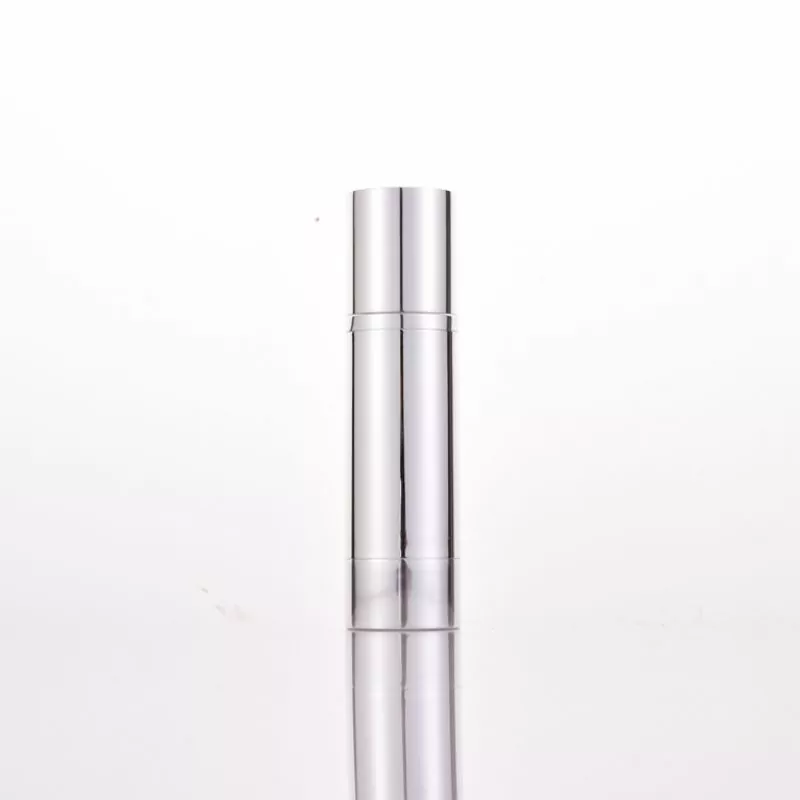How do you refill an airless bottle?
2024-04-29
Refilling an airless bottle is a straightforward process. Here's a general guide on how to do it:

1. Prepare your refill: Make sure you have the product you want to refill the airless bottle with. Ensure that the product is compatible with the material of the airless bottle and won't degrade it.
2. Clean the bottle: If you're refilling the bottle with a different product or if it's been used before, clean the bottle thoroughly to remove any residue or impurities. You can use warm, soapy water and rinse it well before drying it completely.
3. Disassemble if necessary: Some airless bottles have removable parts, such as the pump mechanism or the inner bottle. If your airless bottle can be disassembled, do so carefully according to the manufacturer's instructions.
4. Prepare the refill opening: Depending on the design of your airless bottle, there might be different ways to access the refill opening. Some bottles have a removable cap or collar, while others may have a small hole at the bottom that can be accessed by twisting or pulling the pump mechanism.
5. Fill the bottle: Once you have access to the refill opening, carefully pour or transfer the product into the bottle. Use a funnel if necessary to avoid spills and mess.
6. Reassemble the bottle: If you disassembled any parts of the bottle, reassemble them carefully according to the manufacturer's instructions.
7. Test the pump: Before using the bottle, test the pump mechanism to ensure that it dispenses the product properly. Press the pump a few times to prime it and ensure that the product comes out smoothly.
8. Label the bottle: If you're refilling the bottle with a different product, make sure to label it properly to avoid confusion.
It's essential to follow any specific instructions provided by the manufacturer of the airless bottle to ensure proper functionality and longevity of the product.
Rotomolding, also known as rotational molding, is a manufacturing process used to produce hollow plastic parts. The raw materials commonly used in rotomolding include:
1. Polyethylene (PE): High-density polyethylene (HDPE) and low-density polyethylene (LDPE) are the most common types of polyethylene used in rotomolding due to their excellent moldability and durability.
2. Polypropylene (PP): Polypropylene is another thermoplastic polymer that is occasionally used in rotomolding, offering good chemical resistance and toughness.
3. PVC (Polyvinyl chloride): PVC is sometimes used in rotomolding applications, especially when specific chemical resistance or rigidity is required.
4. Nylon: Nylon is a strong and durable thermoplastic material that can be used in rotomolding for applications requiring high impact resistance and stiffness.
5. Cross-linked polyethylene (XLPE): XLPE is a type of polyethylene with improved mechanical properties, such as increased strength and resistance to heat and chemicals, making it suitable for certain rotomolding applications.
6. EVA (Ethylene-vinyl acetate): EVA is a copolymer of ethylene and vinyl acetate, offering flexibility, impact resistance, and transparency. It is sometimes used in rotomolding for specialized applications.
These raw materials are typically supplied in the form of granules or powder, which are melted and then rotationally molded into the desired shape inside a heated mold. The choice of material depends on factors such as the intended application, desired properties of the final product, and cost considerations.


